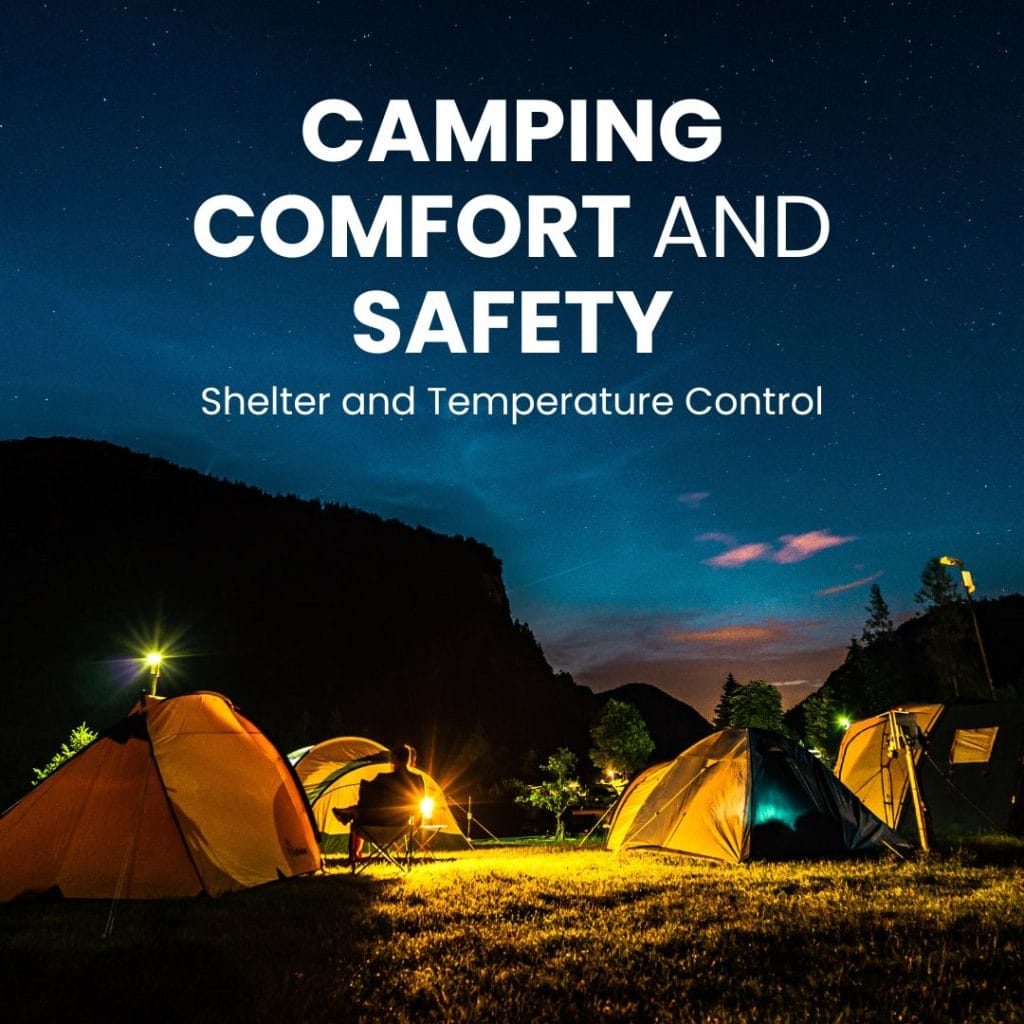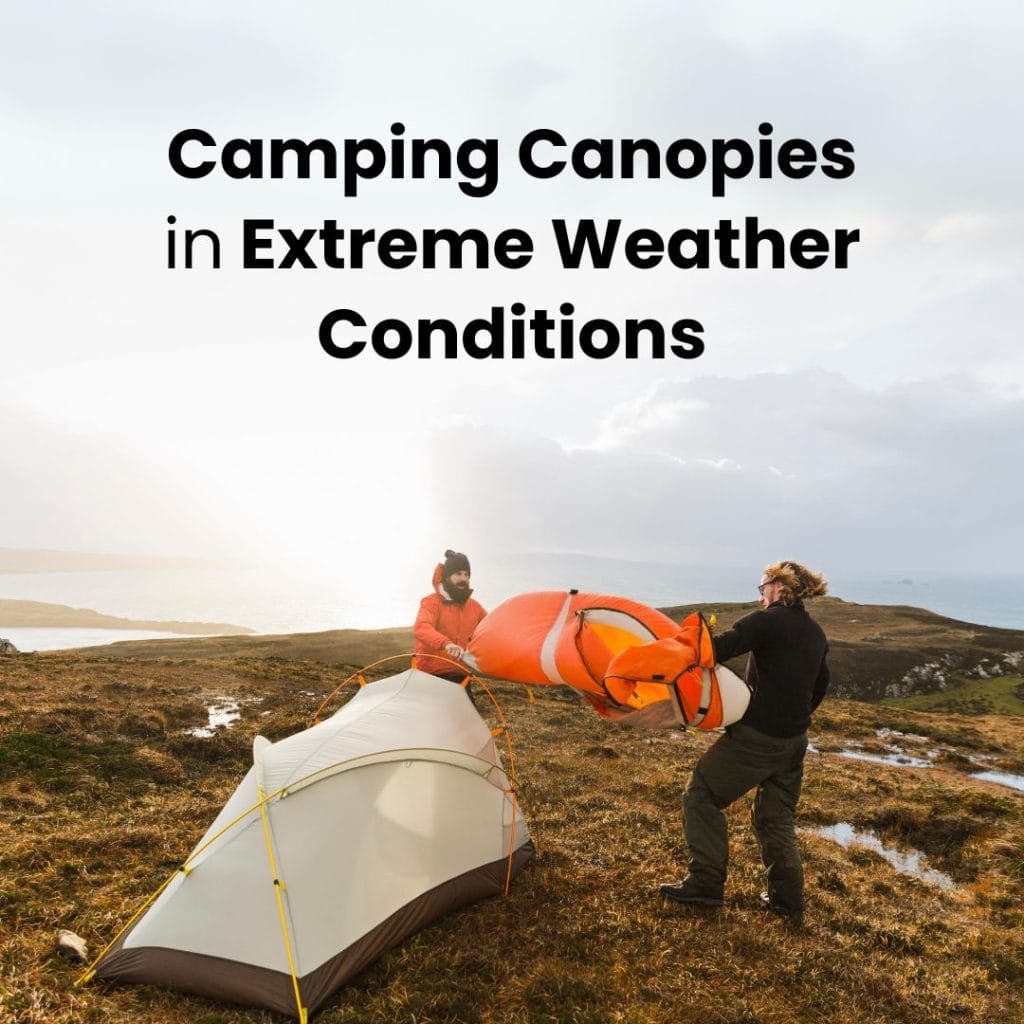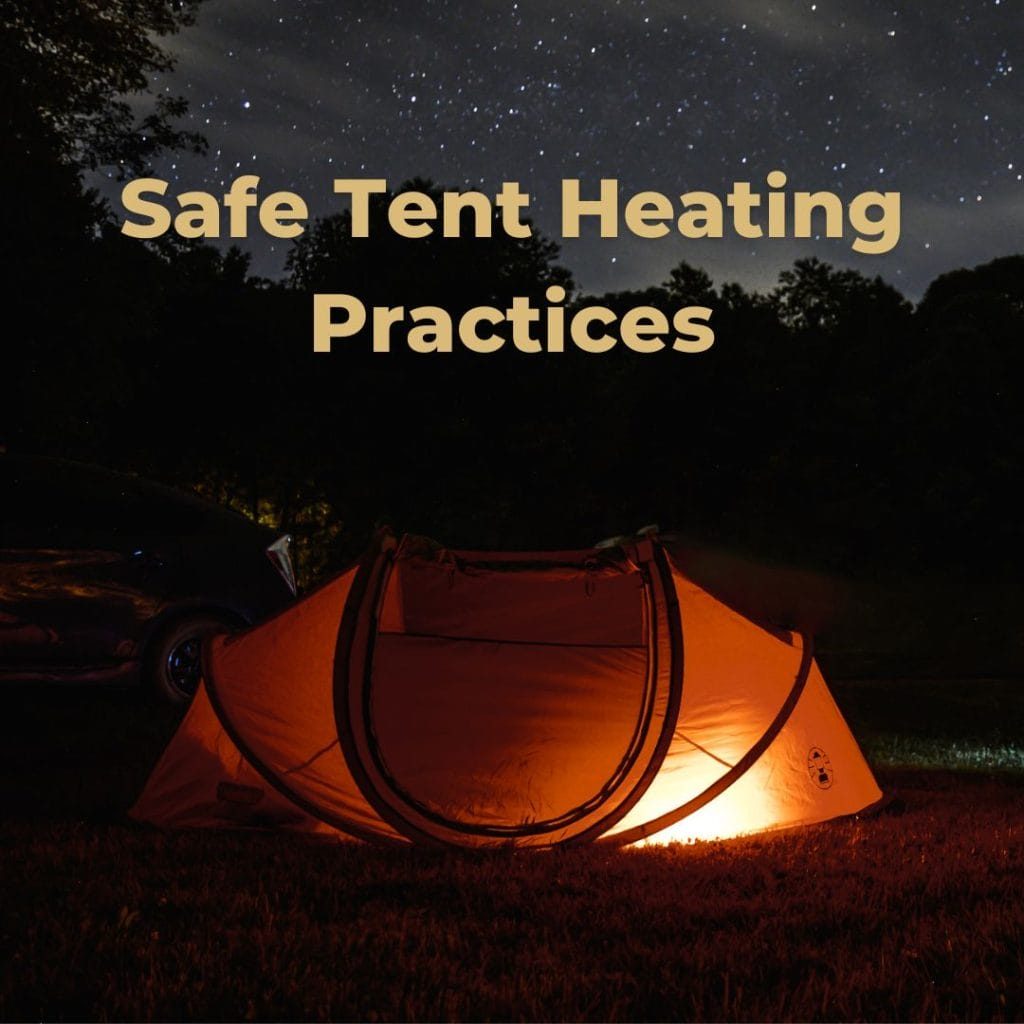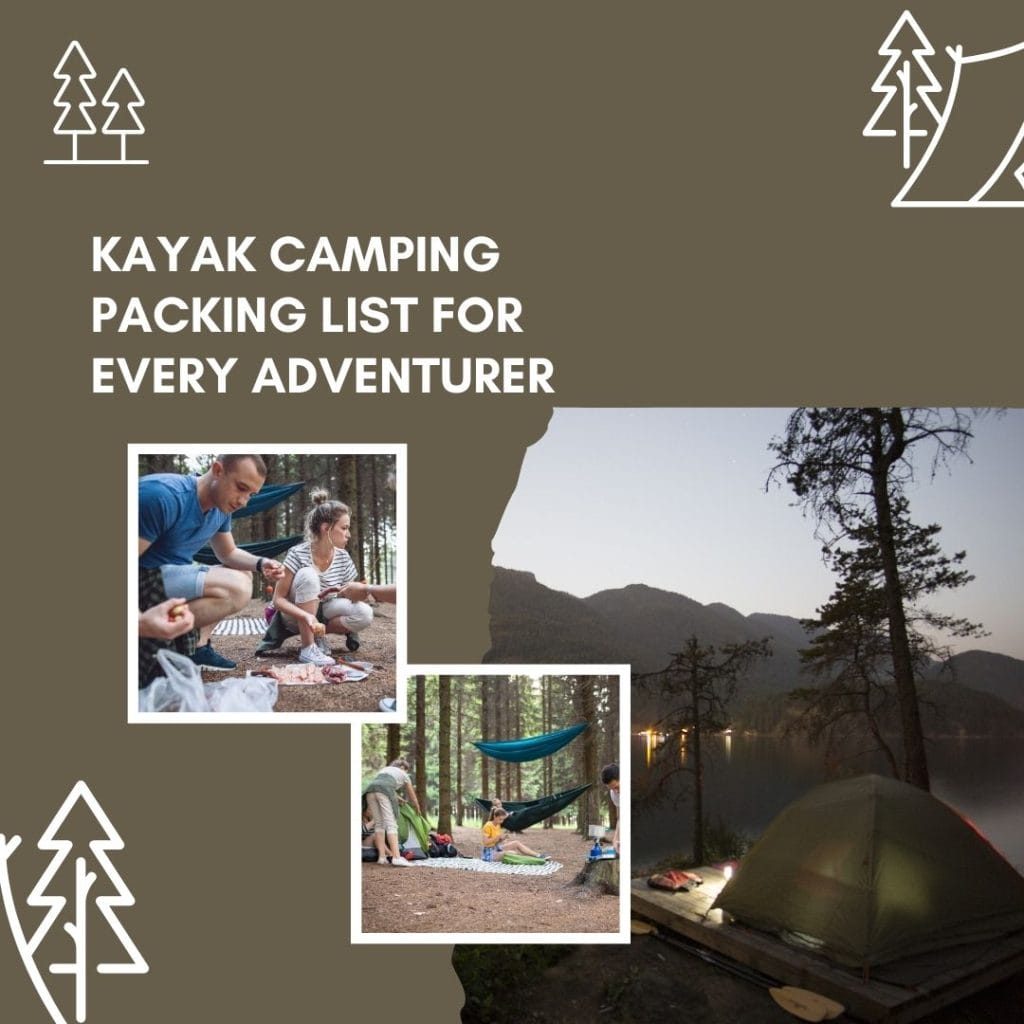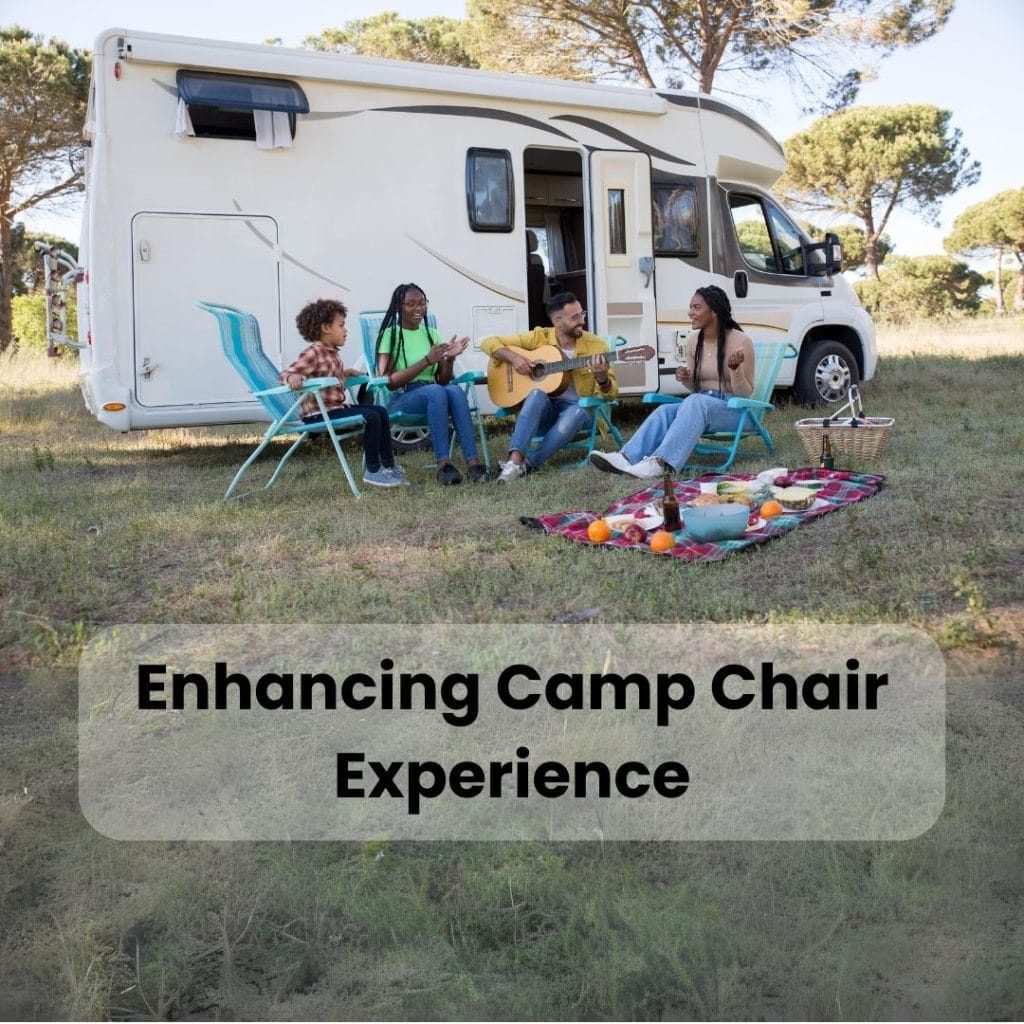Embarking on a kayak camping trip requires careful and thorough planning. This guide aims to streamline your “Kayak Camping Trip Planning” process, ensuring you are fully prepared for an unforgettable adventure. We will cover all aspects of preparation, from gear selection to navigating waterways, to help you get the most out of your trip.
Planning Your Kayak Camping Trip: A Comprehensive Guide
Beginning to plan your inaugural kayak camping expedition can feel daunting, yet fear not, this guide has everything covered. We’ll discuss essentials like what you should take with you for an overnight kayak camping adventure, strategies to pack your kayak efficiently, top recommendations for kayak camping equipment, and tips on how to organize a successful overnight kayak journey. In essence, this guide is your stepping stone to master the art of kayak camping trip planning!
How to Kayak Camp: A Beginner Guide’s Guide to Overnight Kayaking
1) Pack for the weather
A crucial aspect of ensuring a triumphant kayak camping voyage is preparing appropriately for the weather conditions. To aid you in this aspect of your kayak camping trip planning, we’ve put together a brief summary of what essentials to include in your packing list:
Best clothes to pack for Kayak Camping:
For your kayak camping trip, the choice of appropriate clothing is crucial. Start with a solid base layer. If you’re not a fan of wool, synthetic base layers like those from the Capilene line by Patagonia are an excellent choice. If wool is your preference, Smartwool base layers have a proven track record of durability, even under heavy use. The Kokatat Woolcore line is also highly recommended, especially when worn under drysuits.
When it comes to camp pants, consider the temperature. For warmer conditions, opt for quick-drying shorts. The Patagonia Outdoor Everyday Shorts are a fantastic pick, thanks to their high waist and long length to prevent chafing during wet walks. For pants, the Kuhl Freeflex Rollups are a reliable choice. Gifted and tested last summer during sea kayak guiding, these pants offer quick-drying comfort and hide dirt effectively.
Adding fleece mid-layers can offer extra warmth and comfort. Affordable finds like the thin Eddie Bauer brand fleece can be found at your local thrift store. These make excellent budget-friendly midlayers.
Don’t forget to pack a warm puffy jacket for those chillier times. For an example, this particular model is a favorite among many.
Preparing for rain is a must on any kayak camping trip. A raincoat and pants from Helly Hansen, which are cost-effective and perfect for heavy rain, come highly recommended. Combine these with rain pants, such as this pair, which have been user-approved for over seven years.
When the combined air and water temperature falls below 120 degrees, hypothermia becomes a risk. Ensure you’re packing immersion gear such as a wetsuit or drysuit. The farmer John or Jane style wetsuits are popular, although some find a two-piece long sleeve wetsuit warmer and more comfortable.
Finally, always have a small dry bag stocked with emergency dry clothing. This preparation can be a lifesaver in unexpected situations.
Best Camping Gear to Pack for Kayak Camping:
- Synthetic Sleeping Bag: Opt for synthetic sleeping bags like the Sea to Summit Traverse Bag as they dry much quicker than down bags and pack down small. However, if you are ready to take a risk for extra comfort, consider the Nemo Disco down sleeping bag but ensure it’s kept dry.
- Sleeping Bag Liner: This works as a sheet within your sleeping bag, enhancing both comfort and warmth. The Reactor Extreme has proven to be a good choice for camp comfort.
- Sleeping Pad: When selecting a sleeping pad, consider one that packs down small and inflates. Pads with a 4 R-value or those rated for three seasons, like this one, are ideal.
- Tent or Hammock: Depending on your preference, decide between a tent or hammock camping setup. For sea kayaking, freestanding tents often make sense as campsites are usually located on sand or hard rock. Check out this article to choose the best tent for you.
- Camp Stove, Cook Kit, and Meal Plan: Though most guided tours will cover this aspect, having your own camp stove and cook kit is advantageous.
- Water Dromedary: An essential item, particularly for island kayak camping, where water access might be limited. Remember to bring enough water for your trip.
Kayaking Gear to Pack for Kayak Camping:
The equipment you’ll need for kayak camping may vary based on the nature of your trip. If you’re opting for a guided expedition, your service provider will likely supply all the necessary gear. However, there are fundamental items that should be included for any kayak camping trip. These include your kayak, a companion for safety, a Personal Flotation Device (PFD) that should be worn whenever you’re on the water, current weather forecasts, and a basic first aid kit. It’s also essential to have a spare paddle, in addition to your primary one, and a bilge pump to remove excess water from your kayak. To ensure safety, you should carry at least three different methods to signal for help, and remember, a cell phone doesn’t count. Lastly, a throw line or tow rope might come handy in certain situations.
2) Dress for immersion when kayak camping
When preparing for your kayak camping trip, it’s crucial to dress for the water temperature, not the air temperature. This means that you may need to wear a wetsuit or drysuit, especially if the water is particularly cold.
Equally important is consistently wearing your Personal Flotation Device (PFD) on the water at all times. It’s nearly impossible to put on your life jacket after capsizing and during most kayaking fatalities, the victim is found without their life jacket.
It’s also important to note that many kayaking deaths result from hypothermia-induced drowning. After multiple failed attempts to reenter a kayak, victims can lose motor function, become unconscious, and ultimately drown. Hypothermia can affect the body in a matter of minutes following a capsize, hindering your ability to move efficiently.
Given the risks, it’s critical to dress for the water temperature to buy yourself more time, always wear your PFD, and practice both assisted and unassisted rescues. Taking these precautions can significantly increase your chances of a safe and enjoyable kayak camping trip.
3) Bring smaller gear to fit more easily in hatches
Packing for an overnight kayak camping trip may seem challenging, but opting for smaller gear can alleviate some of this stress. Rather than trying to fit everything into three large dry bags, consider using six smaller ones. Remember, while weight is somewhat flexible, size is of utmost importance when packing a kayak.
The task of packing can be simplified with the help of innovative products like Sea to Summit’s Evac Drybags. These drybags, available in different sizes like 8L or 20L, are practical and easy to use. Ideal for storing clothing and sleeping bags, they compress down to a surprisingly small size, making packing more manageable.
The effectiveness of these Evac Drybags extends beyond their space-saving qualities; they also excel in waterproofing. So, not only do they make packing a breeze, they also help keep your essentials dry, adding an extra layer of security to your kayak camping trip planning.
Do I need to distribute weight evenly for kayak camping?
In general, the buoyancy in most kayaks is substantial enough that weight distribution during packing isn’t a significant concern. This holds particularly true if you’re using a tandem sea kayak, which is highly recommended, especially when accompanied by a guide.
Nonetheless, if you’re planning a kayak camping trip using a smaller, sportier kayak and anticipate encountering high winds and waves, it becomes crucial to pack your kayak strategically. This optimizes your paddling experience, helping maintain stability and maneuverability amid potentially challenging conditions.
However, it’s worth noting that experienced paddlers who typically opt for such adventurous excursions usually have their packing methodologies refined and thus may not be seeking packing advice online.
Conclusion
In conclusion, a successful kayak camping trip planning hinges on meticulous preparation and the right gear. From selecting a suitable kayak to packing strategically and dressing appropriately, every step plays a pivotal role in ensuring a safe and enjoyable adventure. Remember, the joy of kayak camping comes from embracing nature while respecting its power. The more prepared you are, the more you’ll be able to appreciate the beauty and solitude that a kayak camping trip offers.

